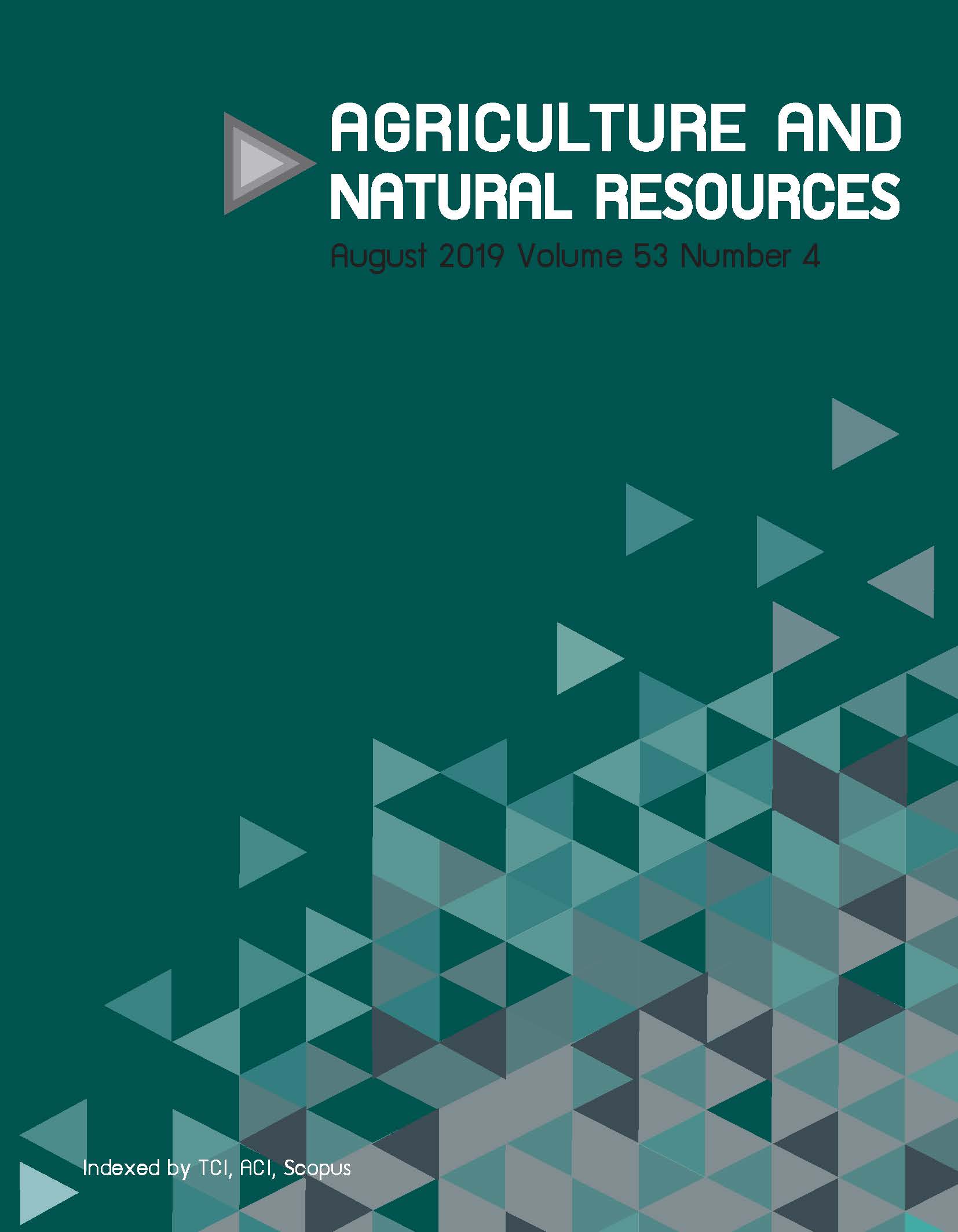Germination behavior of Seidlitzia rosmarinus Boiss., a perennial halophyte of Arabian deserts
Keywords:
Desert, Germination, Salinity, TemperatureAbstract
Seidlitzia rosmarinus, a C4 perennial halophyte, is distributed in the deserts of the Middle East and Central Asia. This species has potential for rehabilitating salt-affected soils due to its high salinity resistance and soil-stabilizing ability. It produces seeds with wings attached to the perianth that facilitate their dispersal by wind. Both intact (winged) and de-winged seeds under different light, temperature and salinity conditions were tested to determine the role of the wings during seed germination. Both intact and de- winged seeds were able to germinate under all the tested temperature regimes, with better germination occurring at lower temperature than at higher temperature. De-winged seeds had higher germination percentages compared to the intact seeds. Light enhanced the germination of intact seeds. However, de-winged seeds germinated equally well under light and darkness. Both intact and de-winged seeds were able to germinate when exposed to saline solutions and were also able to recover their germinability once they were transferred from the saline solution to distilled water. This ability of S. rosmarinus seeds to germinate at lower salinity and remain germinable even at higher salinity could be due to its evolution to survive in unpredictable desert environments.
Downloads
Published
How to Cite
Issue
Section
License

This work is licensed under a Creative Commons Attribution-NonCommercial-NoDerivatives 4.0 International License.
online 2452-316X print 2468-1458/Copyright © 2022. This is an open access article under the CC BY-NC-ND license (http://creativecommons.org/licenses/by-nc-nd/4.0/),
production and hosting by Kasetsart University of Research and Development Institute on behalf of Kasetsart University.







